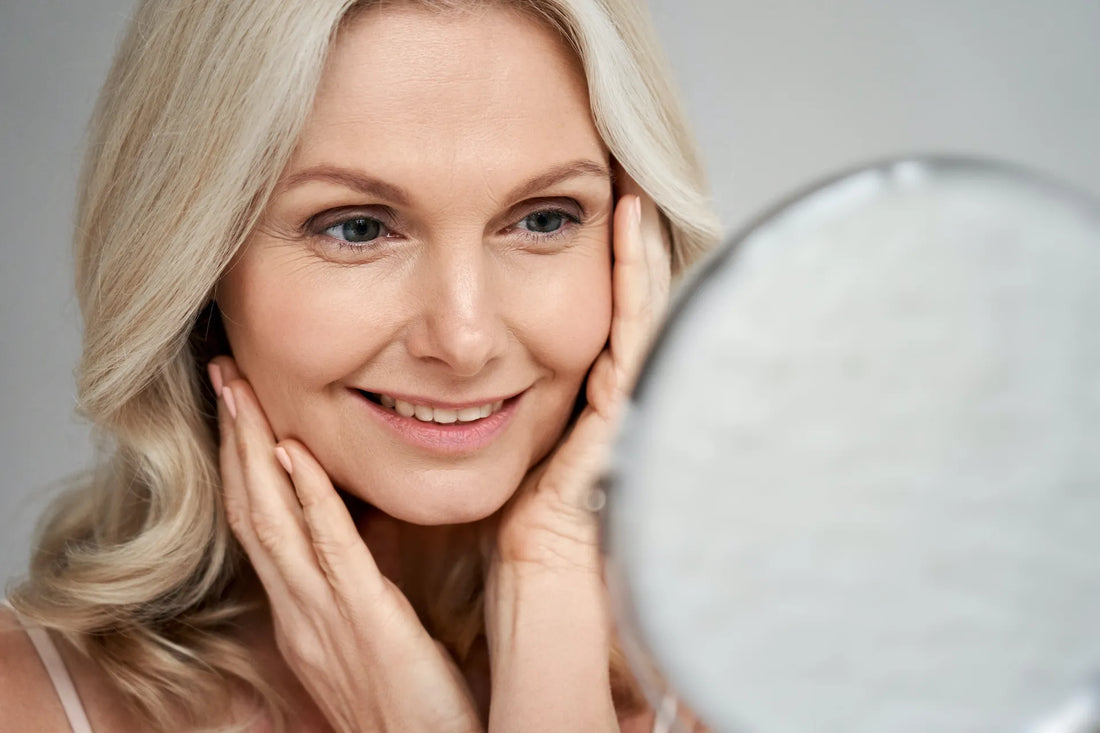
AYURVEDA AND SKIN CARE
Share
Ayurvedic skin care is based on ancient Indian medicine. The practice includes Ayurvedic facials, treatments for skin diseases, and herbal formulations for the skin.
There are many Ayurvedic skin care formulations on the market today, but it’s important to know the quality and ingredients of your products for the best results.
Ayurvedic home remedies for skin care are believed to target specific skin types and needs.
Whether it’s a tried-and-true skin care regimen, how often you wash your hair, or the cosmetics you’re curious about, beauty is personal.
That’s why we rely on a diverse group of writers, educators, and other experts to share their tips on everything from the way product application varies to the best sheet mask for your individual needs.

Understanding skin types
Ayurvedic skin care treatments are based on skin type.
According to Ayurveda, a person’s skin type is based on the three doshas. These are bioenergetic or life forces that make up the constitution of the body and mind. They are:
vata (wind)
pitta (fire)
kapha (water and earth)
Vata
According to the Ayurvedic tradition, a vata-dominant person has dry and rough skin that tends to wrinkle if not moisturized regularly.
She recommends using oil-based moisturizers on the skin and consuming warm spices like ginger. She also suggests that ashwagandha, an ancient Indian herb, may reduce skin dryness when added to a face mask.
Pitta
People with high pitta tend to have oily skin that may be prone to acne and rosacea.
Kapha
Kapha skin tends to be cold and oily, and it may be prone to pimples, whiteheads, and water retention.
Ayurveda suggests avoiding oil-based creams and applying face masks regularly.

Ayurvedic facials at home
Ayurvedic facials are herbal treatments administered to treat skin-related issues.
Certain brands may offer Ayurvedic facial kits for specific skin types.
These can be used for a general skin care routine. However, you should consult with an Ayurvedic practitioner for medicated products.
Our experts recommend separate face masks and specific routines for vata, pitta, and kapha skin.
Vata face mask
Ingredients
1 tbsp. chickpea flour
a pinch of turmeric powder
1/4 cup rose water, yogurt, or cold milk
Directions
Mix together the ingredients to make a paste.
Apply to the face and leave on for 10–15 minutes, or just before it dries.
Wash off with lukewarm water.
Apply an oil-based moisturizer. Sesame oil can also be used.
Pitta face mask
Ingredients
1/4 cup aloe vera gel (make sure there are no other ingredients or additives)
a few drops of rose water
1–3 cotton balls
Directions
Soak a cotton ball in rose water and dab on skin to cleanse.
Apply aloe vera gel and leave on skin for 10–15 minutes.
Wash off with lukewarm water.
Apply a gentle moisturizer, like geranium oil.
Repeat 2–3 times a week.
Kapha face mask version 1
Ingredients
1 tsp. honey
a pinch of turmeric powder
Directions
Mix honey and turmeric powder.
Apply to skin and leave on for 10 minutes.
Wash off with lukewarm water.
Kapha face mask version 2
Ingredients
Multani mitti, also known as fuller’s earth
water
Directions
Mix Multani mitti with water.
Apply to skin and leave on for 10–15 minutes.
Wash off with lukewarm water.
Face mask for all skin types
Ingredients
2 tbsp. fine oat flour
2 tsp. almond flour
a pinch of turmeric powder
2–5 drops oil of your choice
Directions
Mix the powdered ingredients together.
Add a few drops of oil.
Apply a thick coat onto the skin and leave on for 15 minutes.
Wash off with lukewarm water.
This paste can also be used for the whole body.
